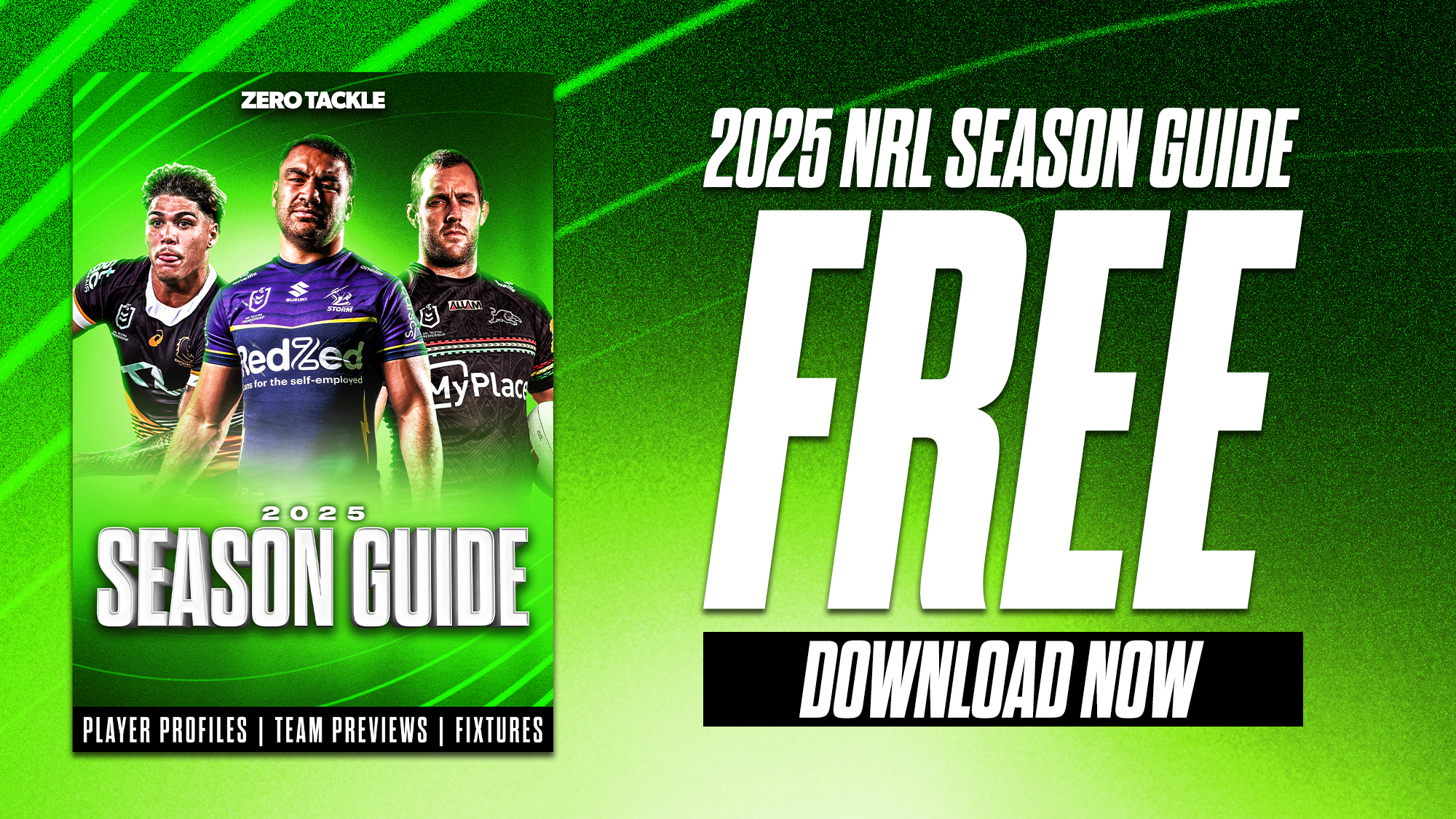There is a common theme that seems to come up and linger every year in rugby league it is the salary cap. Like communism it is a nice idea in theory but when you put humans into the mix the self-serving nature that is inherent in us means that we will have issues.
From the multiple Parramatta infringements, to the ongoing Sea Eagles and Sharks issues, the Warriors in 2005 and obviously the Melbourne Storm in 2010 among others, it is an issue that wears thin with NRL fans.
The NRL states that the salary cap serves the function of spreading player talent so that better resourced clubs cannot outbid other clubs for the best players, admitting that such would “reduce the attraction of the game to fans, sponsors and media partners due to an uneven competition”. While the NRL is in comparison to other sports leagues is much more competitive across the board, it is far from a level playing field.
The Broncos operating one team town are backed by a city worth of commercial opportunities. From the outside the Roosters seem to be operating under a salary sombrero, but the reality is they are backed by big business and are an attractive option for players who are looking towards life post football. Why do you think Cooper Cronk ended up in Bondi? Clubs like the Wests Tigers can’t compete on that corporate level and have seen a lot of their best locally developed talent walk out the door, with 2017 being a particularly bad example.
A complicated and less understood part of the salary cap are Third Party Agreements (TPA’s), where a player can earn money from an outside source to be excluded from the official salary cap of their club.
TPA’s mean that a local business can pay a player outside of their club salary. For a figure like $50,000 the business can treat the player like an employee and get marketing value out of their intellectual property. Players have a short window to make the most of their skills and should be able to do so, but not at the detriment of the competition.
Agreements like these are also vital in keeping the top talent in the NRL rather than them chasing big money overseas. Point in case Sami Radradra who is earning €600,000, or a touch under $1,000,000 per season playing Rugby in France. There is no club that would pay that for a winger in the NRL.
Capping or managing TPA’s is a sensitive issue, but at the very least something needs to be done to assist the smaller clubs to get their share of the top talent. For the sake of the fans some transparency is needed. If players’ salaries and TPA’s were made public like they are in other sports, at the very least supporters will understand why team is going miserably and can’t recruit and retain like other clubs can.
Another aspect of the salary cap that needs to be regulated is the loading and back-ending of contracts. If the NRL is serious about the salary cap, then it should be absolute from year to year.
The Bulldogs are set back for years and have lost some of their best players because their previous management put all of their eggs in one basket banking on a premiership. Two grand finals and no trophies later they are operating with one hand tied behind their back as they try to balance their books and compete on the field post the Hasler/Castle era.
In the meantime, fans are expected to keep paying the same price for match day tickets and membership even though their club has engineered their roster to the point they are unable to be in proper contention. They deserve to have a team spending the complete amount on players, rather than being hamstrung for seasons for the possibility of winning a few years prior.
























Comments are closed.